General Impressions
With many PC enthusiasts torn between AMD and Intel processors, it is always refreshing to find a CPU cooler that can accommodate both types with ease. The Kamakaze is supplied with fixings for both processors as standard.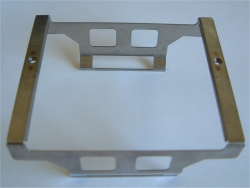
For AMD CPU's the unit uses the standard clip mechanism. We found fitting easy and once in place the cooler is held very firmly, quite an achievement for such a large heatsink. Once fitted, there are a pair of screws which can be tightened slightly to increase pressure on the CPU. The instructions warn about over tightening, although the warning is directed towards causing damage to the screws - surly the biggest risk would be crushing the fragile AMD core! We found that little benefit was gained by adding more pressure; our advice is to take it very slowly when tightening the screws.
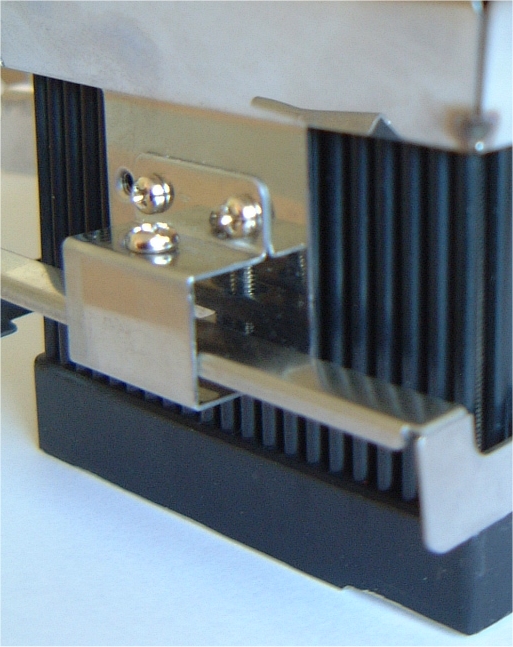
Using the Kamakaze on an Intel Pentium 4 processor involves swapping the cradle around the heatsink. This is quite fiddly as it involves removing and re-fitting two, very small, screws. Once done the new cradle fits onto the motherboard plastic cradle. The Kamakaze come with a new plastic cradle and the instructions ask you to replace the standard motherboard one.
Replacing the motherboard cradle is not difficult but does mean removing the motherboard from the case and could therefore turn a simple job into something far more complex and time consuming. Despite the instructions, we found that the Kamakaze fitted just as well on the standard cradle of all the P4 motherboards we had available. Presumably there are some out there that will not work, but we recommend that you try what you have before swapping.
As with the AMD fixing the screws can be tightened slightly to increase pressure on the CPU. This is far less risky on an Intel processor as they are very robust.
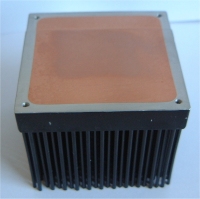
The Kamakaze cooler is built from an interesting blend of materials. The Base is Aluminium alloy with a copper centre. As we have seen before this is an excellent combination as the copper excels at heat transfer, but tends to retain the heat, while the Aluminium is excellent at dispersing.
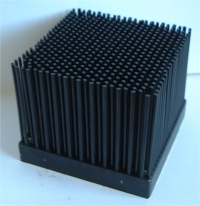
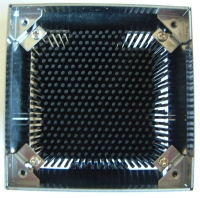
Above the copper and Aluminium base the heat is dissipated through a mass of black painted aluminium columns or pins. We are told that there are circa 500 of these although we decided not to count them ourselves.
Airflow is provided by an 80mm fan which blows air downwards over the pins. As Scythe has branded the fan we have no details regarding the make.
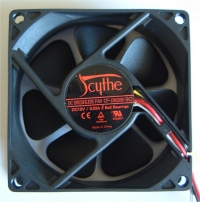

The 80mm fan speed can be controlled using the built in rheostat which fits at the back of your computer in one of the PCI slot brackets. The speed control unit takes power directly from the PSU via a Molex type connector. The fan speed can be monitored as the unit provides a 3 pin connection to the motherboard CPU fan header. Fan speeds are specified as between 1300 and 3400 rpm. The lowest our motherboard could cope with registering was 1350rpm. Control is excellent and the rheostat is of the highest quality.
The adjustable fan speed really does enable silent running of the Kamakaze. At its lowest speed, the fan was totally inaudible against the noise of our hard drive. Officially is noise rating at this speed is 16 dBA. At the other end of the spectrum, full speed, 37 dBA is certainly not quiet, but compares well too much of the competition and would be fine for most uses.
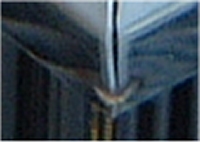
The Heatsink is very well made although both the fan fitting and CPU fittings are made of fairy crude stainless steal. The welded joints are visible and the edges are slightly rough. This is a practical solution, not a pretty one.









